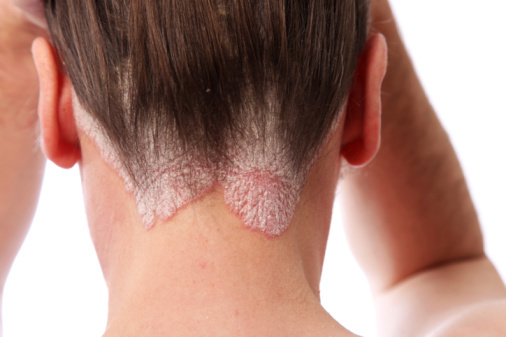The NHS could save millions of pounds by treating skin conditions with ultraviolet light rather than medicines, a major new Dundee University study has found.
Research carried out by the University’s School of Medicine has found that course of phototherapy could be more effective than creams, pills or injections for many skin complaints.
Dr John Foerster and his team discovered the annual per-patient cost of filtered UV light treatment is actually around £250.
This is around one sixth of the cost of phototherapy estimated by the National Institute of Health and Care Excellence and a fraction of the price of injectable therapies, which cost between £7,000 and £12,000 per year.
Steroid creams frequently prescribed for skin diseases can cause serious side effects and can prove inadequate to bring diseases such as psoriasis and eczema under control.
Patients may then be referred for more intensive treatment, which could include pills, injections or phototherapy.
If phototherapy had not been available in the NHS Tayside area, alternative drug-based treatments would have cost the cash-strapped health board an extra £3,353 per patient each year
This equates to an average annual saving of £2.2 million for psoriasis patients alone.
Despite this, the researchers believe misconceptions about the cost of delivering phototherapy means healthcare providers are reluctant to increase availability, with many areas across the UK poorly served by phototherapy facilities.
Dr Foerster said: “UV light treatment is effective, is less invasive and has fewer side effects than alternative therapies, and can deliver massive cost savings.
“Phototherapy can reduce the symptoms of psoriasis and eczema and the need for steroid creams and we have now shown that if you allocate staff hours and provide access with reasonable waiting times the patients can derive benefit while saving money.
“Popping a pill to treat skin conditions may seem a cheap treatment but staff are still required to carry out blood checks in a lab. It would be fantastic if everyone had the opportunity to try something that circumvents the need for any laboratory monitoring and potential side-effects in the first place.
“Injectable drugs commonly cost £10,000 per patient annually. These can be effective but are extremely expensive and so avoiding the need for this, or even for delaying it by a year, can save millions.
“We found that phototherapy treatment costs around £250 per person per year. Each treatment only takes up a very small percentage of the staff members’ overall workload compared to how many treatments are given out.”
Phototherapy involves safe, controlled delivery of narrow wavebands of ultraviolet radiation in specially constructed cabins.
The Dundee team had previously shown that three-quarters of patients experienced significant improvements after phototherapy and the need for steroid creams was reduced by 25%.
Dr Foerster added:”The NICE appraisal puts the cost of phototherapy at £1800 per treatment. Our data will require this to be corrected, which we hope will have positive implications for sufferers of skin diseases.”
The research has published online by the British Journal of Dermatology.






